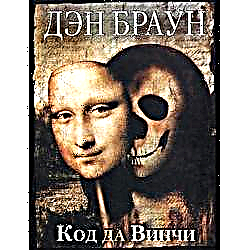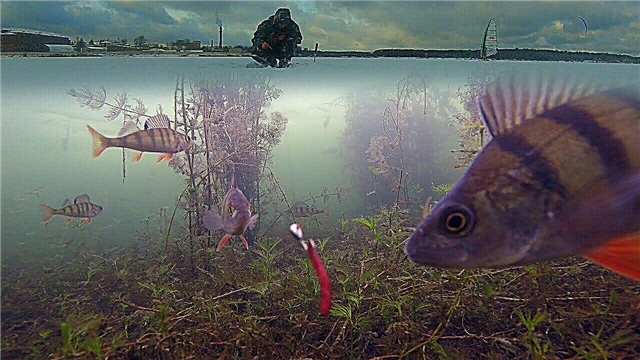There are few adults or children who do not like to watch cartoons. Now there are countless numbers of them: from the cute and very funny to the sad and philosophical, from the drawn and “plasticine” to those made using computer or sand animation. But what was the very first cartoon in the world? And who created it?
First puppet film
 The oldest cartoon featuring dolls was shot in 1898 by James Stuart Blackton and Albert Smith. It is called the Circus of the Lilliputians. The toys in it were wooden.
The oldest cartoon featuring dolls was shot in 1898 by James Stuart Blackton and Albert Smith. It is called the Circus of the Lilliputians. The toys in it were wooden.
Father of european animation
 The first European cartoon called Fantasmagoria was created in France in 1908 by cartoonist Emile Cole. In 1908, he joined the Gaumont film company as a photographer and screenwriter, but then moved on to creating animated films. Kohl made many films (over 250) using drawings, clippings, and dolls.
The first European cartoon called Fantasmagoria was created in France in 1908 by cartoonist Emile Cole. In 1908, he joined the Gaumont film company as a photographer and screenwriter, but then moved on to creating animated films. Kohl made many films (over 250) using drawings, clippings, and dolls.
The very first cartoon in the history of Europe is also the first fully animated film in the history of animation. "Phantasmagoria" is a French word that means "an ever-changing complex sequence of what is seen or portrayed." Kohl worked on this cartoon for about 5 months. He drew each frame on paper, which he then transferred to a negative film. For this cartoon, which takes about a minute and 20 seconds, the artist had to make about 700 sketches, which he later photographed.
A characteristic feature of Phantasmagoria is that its characters are drawn in white lines and move against a black background.
Each picture is only slightly different from the previous one. In the process of creating the cartoon, the author allowed himself some spontaneity with the images - that is why Phantasmagoria has the style a la “stream of consciousness”.
The plot of "Phantasmagoria"
The film has no real story or structure. In the first scene, a hand draws a little Phantosh clown hanging on a horizontal bar.
- He falls and instead of him a fat Fantosh appears in a hat, who takes off his hat, loses his wig and sits down in a movie theater.
- A woman in a big hat sits in front of him, because of which Fantosh does not see what is happening on the screen.
- He takes off his feathers from his hat, and is frightened by a spider suddenly appearing.
- Now the screen is better seen, but under the hat the lady has a huge hairstyle, and Fantosha has to burn it.
- The lady’s head explodes, and the Fantosh emerges from it.
- Then he gets into the box on which the weights are dropped, but Phantosh easily opens it, dropping the weights to the ground.
- With the help of a fishing rod, he catches a passerby who turns into some kind of liquid.
- Then a huge musketeer appears, and Phantosh burns his candles.
- Walking around the city, the clown loses his head, she jumps, like a ball and is caught by a passerby.
- He turns into a bottle, and Fantosh is inside this bottle.
- After that, the bottle turns into a flower, then into an elephant trunk.
- Noticing the policeman, the elephant becomes the house Phantosh runs into, and the policeman locks the door from the outside.
- Fantosh decides to jump out of the window and “breaks”. Then the animator’s hands appear, “repair” the clown, he inflates and, sitting on his horse, disappears.
The first cartoon in the USA
In 1906, James Stuart Blackton, one of the founders of the studio Vitagraph Company of America, introduced the public to the cartoon "Funny Faces". It was a series of unpretentious drawings, which depicted funny faces.
The first American cartoon character to appear in the short animated film was Colonel Hayes Liar. He made his debut in 1913 in a cartoon from the studio JR Bray called "Colonel Hayes Liar in Africa".
The first volumetric cartoon
The first animated film in the world in which viewers could see the volume was created by the Russian director and cameraman Vladislav Starevich in 1912. It was called "The Beautiful Lucanida, or the Barbel War with Stag".
The cartoon was shot by single-frame shooting, and its main characters were real live insects from the entomological collection of Starevich.
The plot of the cartoon narrated about the love of Lucanides, the lady of the stag beetles, and Count Geros, a representative of the barbel beetle tribe.
The tape enjoyed wild success with the audience. Knowing well the insect habits and using the time-lapse method, Starevich achieved the natural plasticity of the “actors” in his picture.












